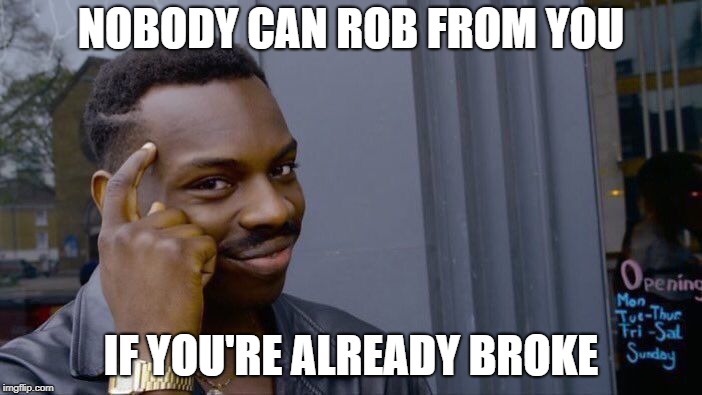How much do you think a video game is worth? $60? $70? Maybe try $80. At least that’s according to Xbox, which will follow Nintendo in raising the cost of new AAA releases by an additional 14% this holiday season. The company also hiked console and accessory prices across the board by 20% on average. Gamers are understandably upset. Others were baffled by the decision, given that Xbox Series console sales are already far behind the competition, and are even lagging behind Xbox One sales at the same point in their respective lifetimes. With PlayStation expected to follow suit sometime this month, what that means is that gaming is suddenly becoming unaffordable for many.
The industry and its defenders, of course, have given a variety of excuses. 1) Games were more expensive 30 years ago than they are today, 2) games should cost more due to inflation, and 3) games are becoming more expensive to develop. So I want to take a moment to break down why all of these are nonsense.
I already covered the first subject in detail a while back. To recap, console games used to come on cartridges. Ye cartridges of old contained high-speed ROM chips that interfaced directly with the console CPU. These were expensive to manufacture, and the price scaled with how large the ROM chip was. Costs plummeted once CDs became the industry standard, so games became cheaper. Now with digital distribution, there’s very little overhead.
On the subject of inflation, a lot of people just plug the numbers into those calculators online and get their information that way. However, those calculators are using the official CPI rate provided by the state. If you live out in the real world, you know the actual rate of inflation is a lot higher than what governments are reporting. In the last five years, prices have gone up by a third (which is probably a bit too conservative) for things ranging from food, fuel, transportation, and housing. The things people need to live day-to-day. Yet wages continue to lag, since pay increases are usually tied to the official numbers. What that means is that you’re on average poorer now than you were when the Switch came out in 2017.
With more people now living pay cheque to pay cheque, there’s less disposable income to spend on entertainment. Every sector of the industry is seeing their sales shrink as they raise prices. Sony themselves reported that they saw a decrease when games went to $70. Why publishers think they’re immune to this is a mystery. Then again, the Switch 2 still sold out on pre-orders. I guess they’re hoping gamers will just accept the hikes without the common courtesy of a reach-around. However, there are only so many whales out there to carry the costs, so time will tell.
Which segues us into the third excuse: development costs. There’s no shortage of AAA studios bemoaning how expensive it is to make games now. Except we just had Clair Obscur release. It’s a highly polished RPG with modern graphics that was made by a team of just 30 people, and it retails for $50. Meanwhile, AAA studios seem to have thousands of employees on the books but can’t get a decent game out for the life of them. In other words, price is not correlated to quality. When you see developer interviews at these big companies, they seem to have a lot of staff who are doing bullshit jobs, as outlined by David Graeber’s 2018 book of the same title. Box tickers, consultancy firms, executive meddlers, lawyers who troll the legal system, PR spin doctors, marketers who work an hour a day and spend the rest at the office mimosa bar, the works. People who only get in the way of creatives rather than providing meaningful support to them. And it shows. Nearly every AAA game released in the past couple of years has failed to meet sales expectations.
Even from good, well-run studios like Nintendo, people are struggling to justify why Mario Kart World costs $80 when similar games do not. Or why Breath of the Wild’s price was increased to $70 despite not even including the DLC.
The result is that gamers are beginning to see new games and hardware as a poor value. There’s no shortage of posts online saying that most new games aren’t even worth sixty bucks. It’s a big problem for the industry when very high-quality titles like Clair Obscur are being released at lower prices than the new norm. The fact is that you can still buy a lot of very good games for far lower prices than what AAA wants to charge. And those games don’t require beefy current-generation hardware to run either. So, why would you waste your money on anything new? Especially when the industry is also making it very clear that you no longer even own the games you buy. It’s just a long-term lease that can be ended at any time and without warning.
Many people online think this move is going to accelerate the industry’s crash. We know that all the corporate snakes are just waiting for one of them to pull something shady so the rest can follow suit. All eyes are on Grand Theft Auto VI, which is widely rumoured to cost over $100. If prices keep increasing higher than what the market (ie gamers) are willing to bare, the games business might soon find itself running out of customers.





